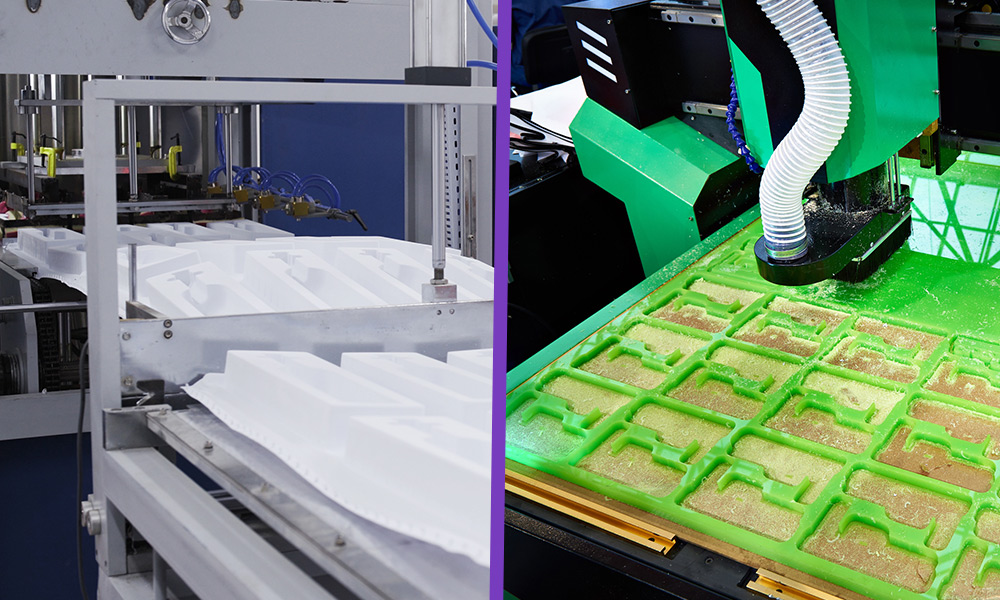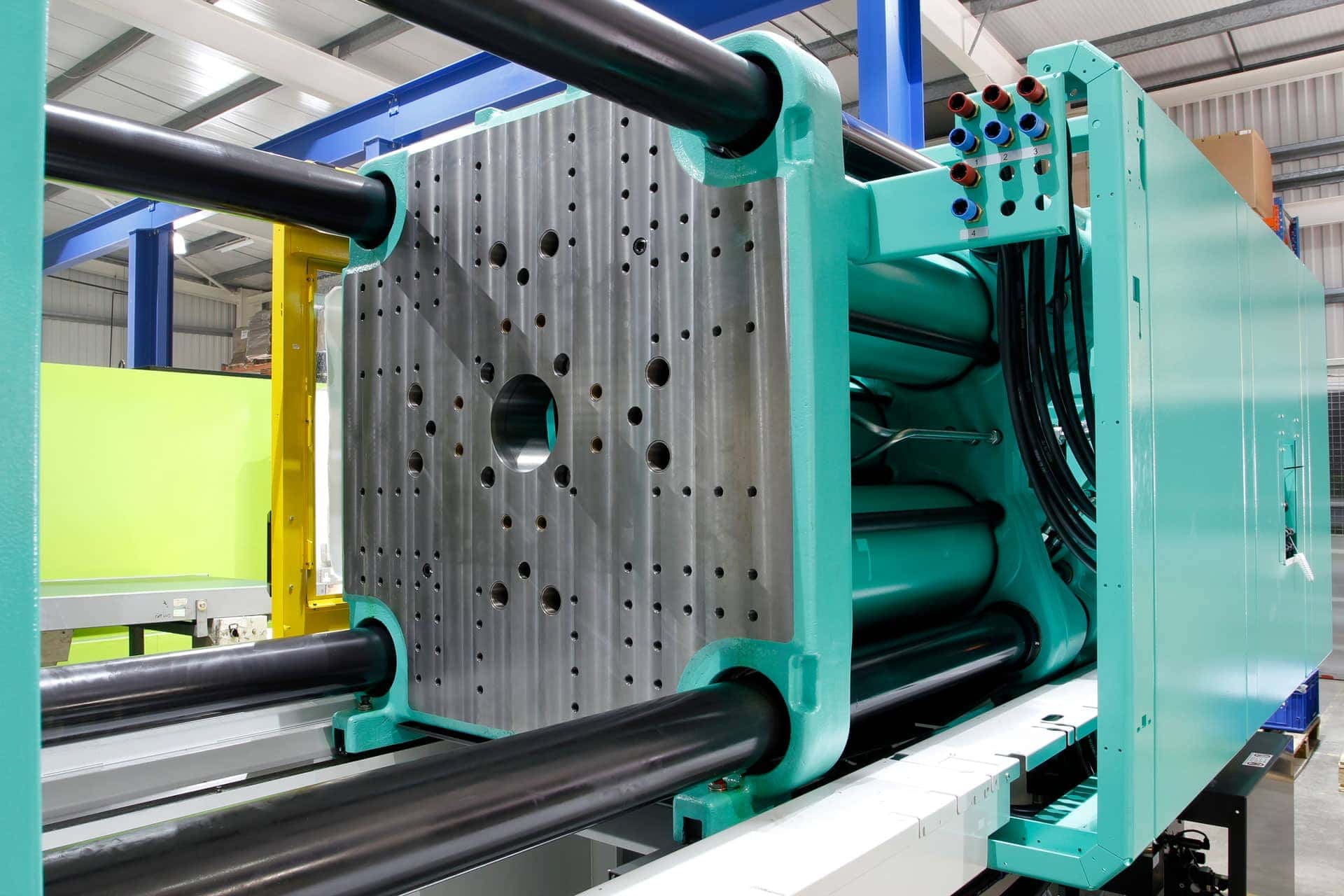The Influence of Plastic Injection Molding on Minimizing Production Expenses and Waste
Comprehending the Essentials of Plastic Injection Molding Procedures
Plastic shot molding functions as a cornerstone of modern manufacturing, giving a systematic method to creating intricate components with precision. This process not just incorporates the fundamental actions of melting and infusing products right into mold and mildews but likewise includes a nuanced understanding of different influencing aspects, such as temperature level and stress. As sectors progressively require performance and top quality, the details of this approach end up being much more important. Discovering these necessary components can disclose just how even small changes can result in substantial improvements in manufacturing end results, questioning concerning the possibility for advancement in this established procedure.
What Is Plastic Injection Molding?
Plastic shot molding is a widely made use of manufacturing procedure that transforms polycarbonate and thermosetting materials right into exact and complex shapes. This strategy is favored for its capacity to produce high quantities of the same components with phenomenal precision, making it a crucial technique in numerous markets, including automobile, consumer products, and medical tools.
The procedure entails melting the picked plastic product and injecting it into a mold under high stress. The mold, developed to the requirements of the wanted component, permits the liquified plastic to form as it cools and strengthens. When the material has hardened, the mold is opened up, and the ended up element is ejected.
Plastic injection molding offers several advantages, consisting of minimized waste, consistency in production, and the capacity to include intricate layouts that may be challenging with other making approaches. Additionally, it supports a wide series of materials, each giving unique properties that can be customized for particular applications. As industries proceed to innovate, plastic shot molding continues to be at the forefront, allowing the advancement of sophisticated items that meet developing consumer demands.
The Injection Molding Refine
The shot molding process is an advanced technique that involves several crucial phases to create high-quality plastic components. Originally, plastic pellets are fed right into a warmed barrel where they are melted right into a thick liquid. This molten plastic is then infused under high pressure into a precision-engineered mold and mildew, which shapes the product right into the wanted kind.
As soon as the mold and mildew is filled up, the plastic is permitted to cool and strengthen, taking the form of the mold and mildew cavity. Air conditioning time is vital, as it influences the cycle time and the last buildings of the molded part. After adequate air conditioning, the mold opens up, and the finished element is ejected making use of ejector pins.

Materials Made Use Of in Shot Molding
Different products can be used in the shot molding process, each offering unique residential properties that accommodate certain applications. One of the most generally used products consist of thermoplastics, thermosetting plastics, and elastomers.

Thermosetting plastics, like epoxy and phenolic resins, undergo a chemical modification throughout the treating process, leading to a rigid, stringent framework. These materials are optimal for applications calling helpful resources for high warm resistance and architectural integrity, typically used in vehicle parts and electric insulators.
Elastomers, consisting of silicone and rubber-based products, provide flexibility and strength. Their special properties make them appropriate for applications that demand elasticity, such as gaskets and seals.
Additionally, specialized products like bio-based plastics and compounds are gaining traction for their environmental advantages and boosted efficiency features, broadening the range of shot molding applications in different industries. Recognizing the homes of these products is critical for picking the proper kind for details projects.
Advantages of Injection Molding
Injection molding stands apart as a highly efficient production procedure that supplies countless benefits for producing complex components with precision. Among the most considerable benefits is the ability to create elaborate designs that would certainly be difficult or difficult to achieve with other approaches (Plastic Injection Molding). The procedure permits limited resistances and thorough attributes, making certain high-grade parts
Furthermore, shot molding is understood for its fast production abilities, making it an excellent selection for high-volume manufacturing. As soon as the mold is produced, parts can be created promptly, minimizing lead times and increasing overall productivity. This performance not only decreases production costs however also supplies an one-upmanship in the marketplace.
The flexibility of materials utilized in shot molding additionally enhances its charm. A vast array of thermoplastics and thermosetting polymers can be used, permitting makers to choose materials that finest meet their details requirements, consisting of heat, strength, and adaptability resistance.
Additionally, the procedure decreases waste, as excess product can commonly be reused and recycled. This sustainability aspect redirected here adds to a look here lowered environmental effect, making shot molding a liable manufacturing option. Generally, the advantages of injection molding make it a favored technique for lots of industries.
Aspects Influencing Product Quality
While numerous variables can influence product top quality in injection molding, comprehending these elements is critical for achieving optimal results. Key facets consist of material choice, refining parameters, and mold style.
Material choice plays an important function, as different polymers show one-of-a-kind residential properties that impact flowability, stamina, and thermal stability. Inadequate material choice can result in problems such as warping or incomplete dental filling.
Processing parameters, including temperature, stress, and cycle time, need to be thoroughly managed. Variations in these settings can result in inconsistencies in part measurements and surface finish. Excessively high temperatures might trigger deterioration of the polymer, while insufficient pressure can result in brief shots.
Mold design is equally important, as it establishes the flow of the molten plastic and the cooling procedure. Inadequately developed mold and mildews may cause unequal cooling prices, leading to dimensional mistakes and recurring anxieties.

Conclusion
Finally, plastic shot molding acts as an important production process that enables the efficient manufacturing of premium parts. Mastery of the shot molding procedure, including the understanding of materials and the impact of numerous aspects on product top quality, is vital for accomplishing optimal results. The benefits of this method, such as cost-effectiveness and design flexibility, more emphasize its value throughout several markets, solidifying its standing as a preferred selection for high-volume manufacturing.
Plastic injection molding offers as a cornerstone of modern production, offering a systematic strategy to generating complicated components with accuracy.Plastic shot molding uses numerous advantages, consisting of lowered waste, uniformity in production, and the capacity to integrate complex layouts that may be testing with other making techniques (Plastic Injection Molding). As industries proceed to innovate, plastic shot molding continues to be at the forefront, enabling the growth of sophisticated products that meet progressing consumer needs
The shot molding process is a sophisticated method that involves a number of vital phases to produce high-grade plastic elements.In verdict, plastic injection molding offers as a crucial production procedure that enables the reliable production of top notch components.